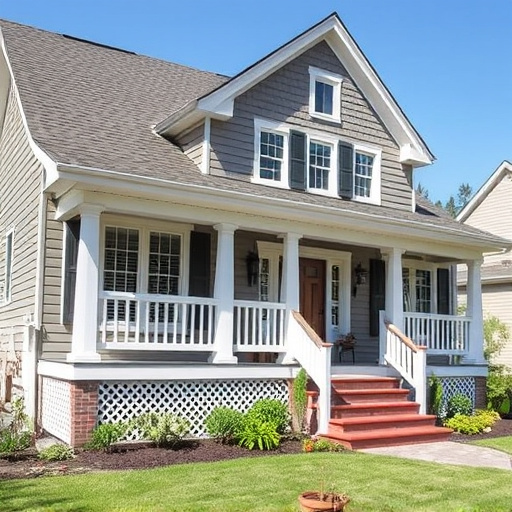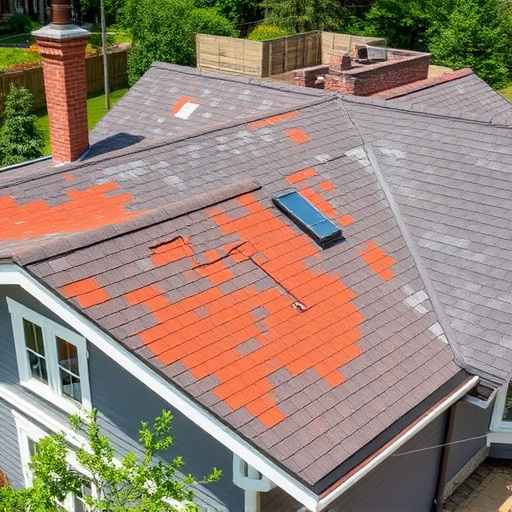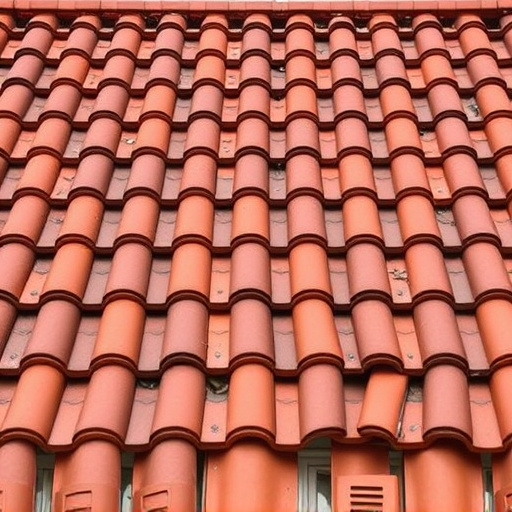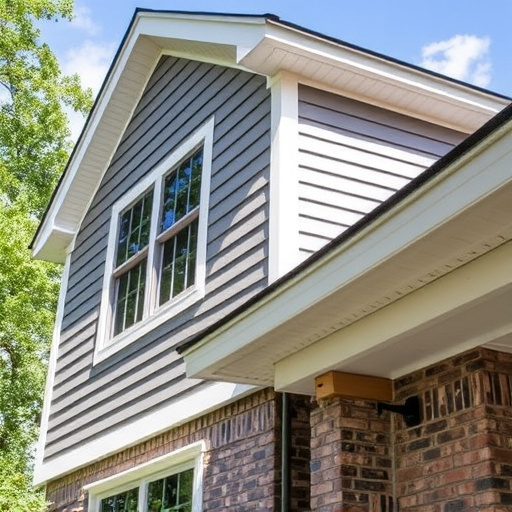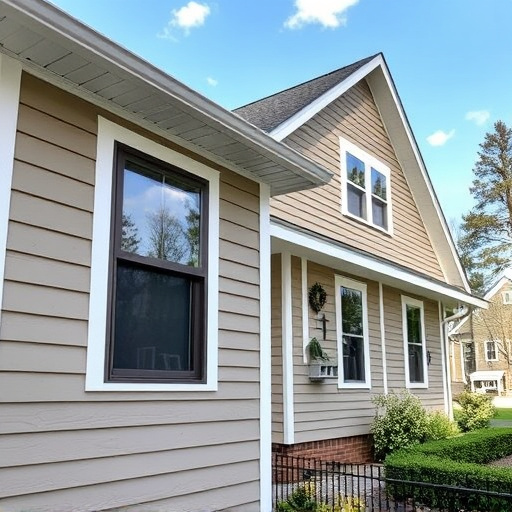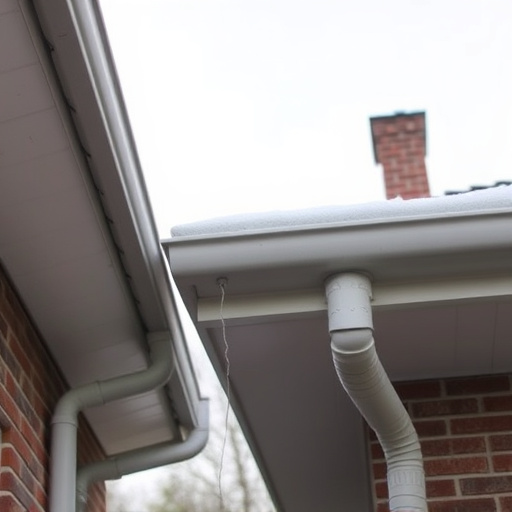Local building codes govern siding materials choices, dictating structural integrity and safety. Consult contractors to understand permitted options like vinyl, wood, fiber cement, or metal. Prioritize compliance, durability, energy efficiency, and environmental friendliness. Follow a structured guide for permit navigation, ensuring code adherence through inspections.
When it comes to enhancing your home’s exterior, choosing the right siding materials is crucial. This guide explores the essential aspects of selecting siding that meets local building codes and permit standards. From understanding specific regulations to navigating the permitting process, you’ll discover how to make informed decisions. Learn about durable materials that offer both aesthetic appeal and long-term reliability, ensuring your home’s exterior stands the test of time.
- Understanding Local Building Codes for Siding
- Choosing Materials That Comply and Last
- Navigating Permits: A Step-by-Step Guide
Understanding Local Building Codes for Siding
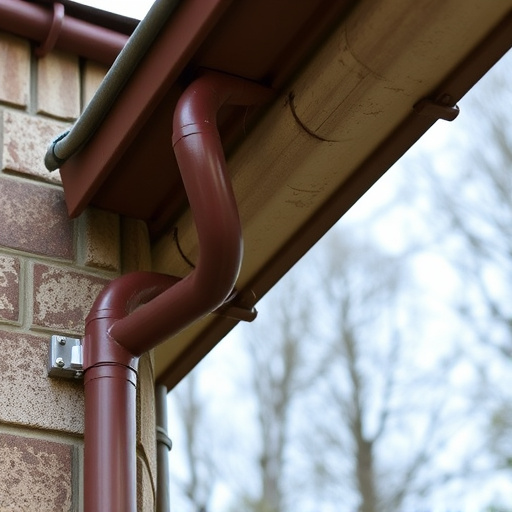
Local building codes vary widely across regions, so understanding the specific requirements for siding materials is essential before initiating any home exterior services or siding replacement projects. These codes dictate the types of materials, installation methods, and performance standards that must be met to ensure structural integrity and safety. For instance, some areas may mandate fire-resistant siding in regions prone to wildfires, while others could require specific energy-efficient options for sustainability purposes.
When considering a siding and gutters upgrade, it’s crucial to consult local building departments or contractors familiar with the region’s guidelines. They can provide valuable insights into permitted materials, such as vinyl, wood, fiber cement, or metal, each offering unique advantages in terms of durability, aesthetics, and long-term investment. Staying compliant not only ensures your project’s approval but also contributes to creating a safe and visually appealing neighborhood.
Choosing Materials That Comply and Last
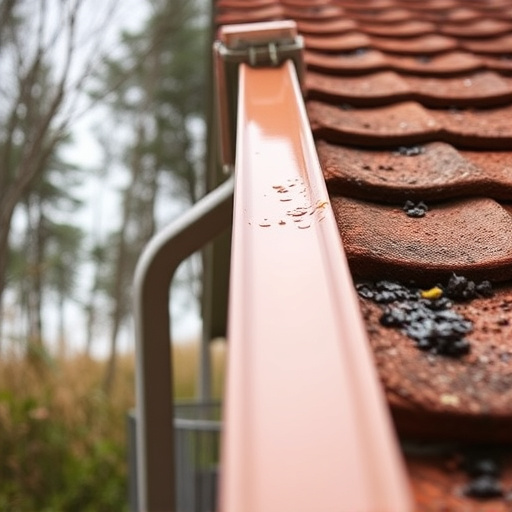
When selecting siding materials for your home, it’s crucial to choose options that meet both local code and permit standards. This ensures your investment is legally compliant and secure from potential safety hazards. One key aspect to consider is durability; long-lasting siding not only complies with building codes but also saves you from frequent replacements and costly repairs. Opting for materials like high-quality vinyl or fiber cement, which are known for their resistance to weather, pests, and impact damage, can significantly extend the life of your residential roofing and siding and gutters system.
Additionally, consider energy efficiency as a factor in your selection. Insulated siding options can contribute to better thermal control within your home, potentially reducing heating and cooling costs. In line with modern sustainability trends, choosing environmentally friendly materials that are easily recyclable or made from recycled content is another way to ensure your siding meets not just code standards but also contributes positively to the local ecosystem, aligning with broader efforts in residential roof repair and renovation.
Navigating Permits: A Step-by-Step Guide
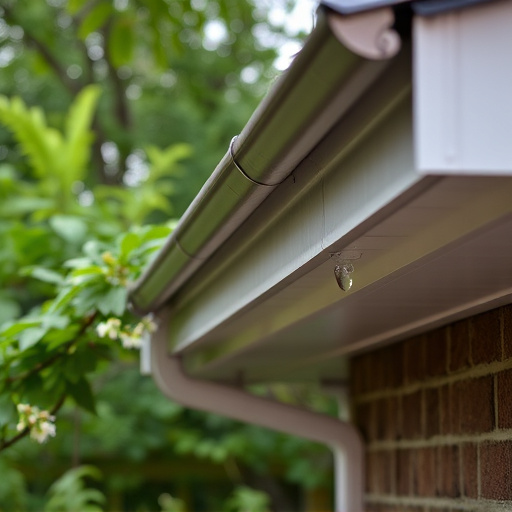
Navigating permits for new construction or renovations involving siding materials can seem daunting, but with a structured approach, it becomes manageable. Here’s a step-by-step guide to help homeowners and contractors alike:
1. Identify Your Project Type: Start by understanding whether your project falls under residential or commercial siding categories. Commercial siding installations often have distinct requirements due to the larger scales and structural considerations involved. If your project is for a business or multi-family property, roofing services professionals with expertise in commercial siding should be consulted.
2. Check Local Building Codes: Every municipality has its own set of building codes and permit regulations. Homeowners should research their local code to understand the specific requirements for exterior cladding, including material types, insulation, ventilation, and safety standards. This step is crucial as it ensures your project complies with the area’s guidelines.
3. Obtain Necessary Documents: Gather all required documents, such as building plans, structural calculations, and material specifications. Professional siding contractors can assist in preparing these documents accurately to avoid delays. For commercial projects, detailed architectural blueprints and engineering reports might be needed.
4. Submit an Application: Complete and submit a permit application form along with the necessary documentation. This process may vary depending on your location. Some areas offer online submission options, while others require physical forms at local government offices. Pay attention to any additional fees associated with permit applications.
5. Engage with Inspectors: Once submitted, your application will be reviewed by building inspectors who will verify that your project adheres to the local codes and standards. They might request site visits for inspections and could have specific requirements for commercial siding installations, ensuring fire safety, accessibility, and structural integrity.
When selecting siding materials, adhering to local building codes and permit standards is crucial for a successful and compliant installation. By understanding your region’s regulations, choosing durable and suitable materials, and navigating the permit process step-by-step, you’ll ensure your siding project meets all requirements. This approach not only guarantees a structurally sound exterior but also maintains property value and neighborhood harmony. Remember, proper compliance is key when it comes to effective and long-lasting siding solutions.








